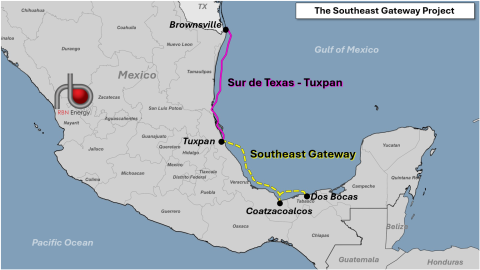Locator: 48426B.
Victor Davis Hanson: Maine pulls a South Carolina. Link here. Get out the popcorn.
White House daily briefing: much-watch television.
Investing: not for the timid. But, wow, what incredible opportunities if one stays cool, calm, and collected. I wish I could say more; not tonight. Maybe some other day.
Amazon: is amazing.
This afternoon, about 2:00 p.m. I ordered a Seagate external drive; it arrived at my doorstep at 8:00 p.m. this evening.
Apple products: are amazing. They simply work.
By the way, in today's Oval Office visit with the White House Press Corps, President Trump mentioned only one US company and one CEO by name -- Tim Cook -- and he spent quite some time talking about Tim Cook and Apple. Tim Cook has earned every penny of his salary this year.
The Atlantic: of all the mainstream media I read, and I read a lot, The Atlantic has changed the most. It's amazing. Its political slant is fascinating. I assume I will renew my subscription, but the magazine is becoming more and more irrelevant.
************************************
Music Interlude
*********************************
Back to the Bakken
WTI: $69.11.
Active rigs: 32.
Two new permits, #41642 - #41643, inclusive:
- Operator: CLR
- Field: West Capa (Williams)
- Comments:
- CLR has permits for two Klepp wells, NENE 13-154-97;
- to be sited 302 FNL and 977 / 945 FEL
***************************
Technology
*************************
Medical Note
A most interesting phenomenon earlier this evening.
About 7:30 p.m. CT this evening, I may have suffered a very, very minor neurological event -- all of a sudden I lost all ability to recall where I posted information on my hard drive and on my blog. It was incredibly "scary" but also very, very interesting. I honestly lost all ability to find files on my hard drive, and I certainly couldn't blog. In addition, my vision was became an issue. For about an hour I was unable to focus. I didn't have double vision or blurred vision, it was as if each eye worked independently but used together it was almost impossible to read. It was if the left half of the page was shifted up a half line and the right half of the page was shifted down a half line, if that makes sense.
I was interrupted by a phone call from my daughter and one of my granddaughters. Both phone calls went very, very well. And after about thirty minutes on the phone (two different conversations; one of which was "FaceTime") everything seemed back to normal. And now, blogging and updating files on the hard drive -- everything seems back to normal.
********************************
Reminiscing
Going through some old memorabilia tonight, my wife stumbled across this e-mail note from some fifteen years ago, recalling a conversation with our old granddaughter who was about eight years old at the time.
The screenshot:







